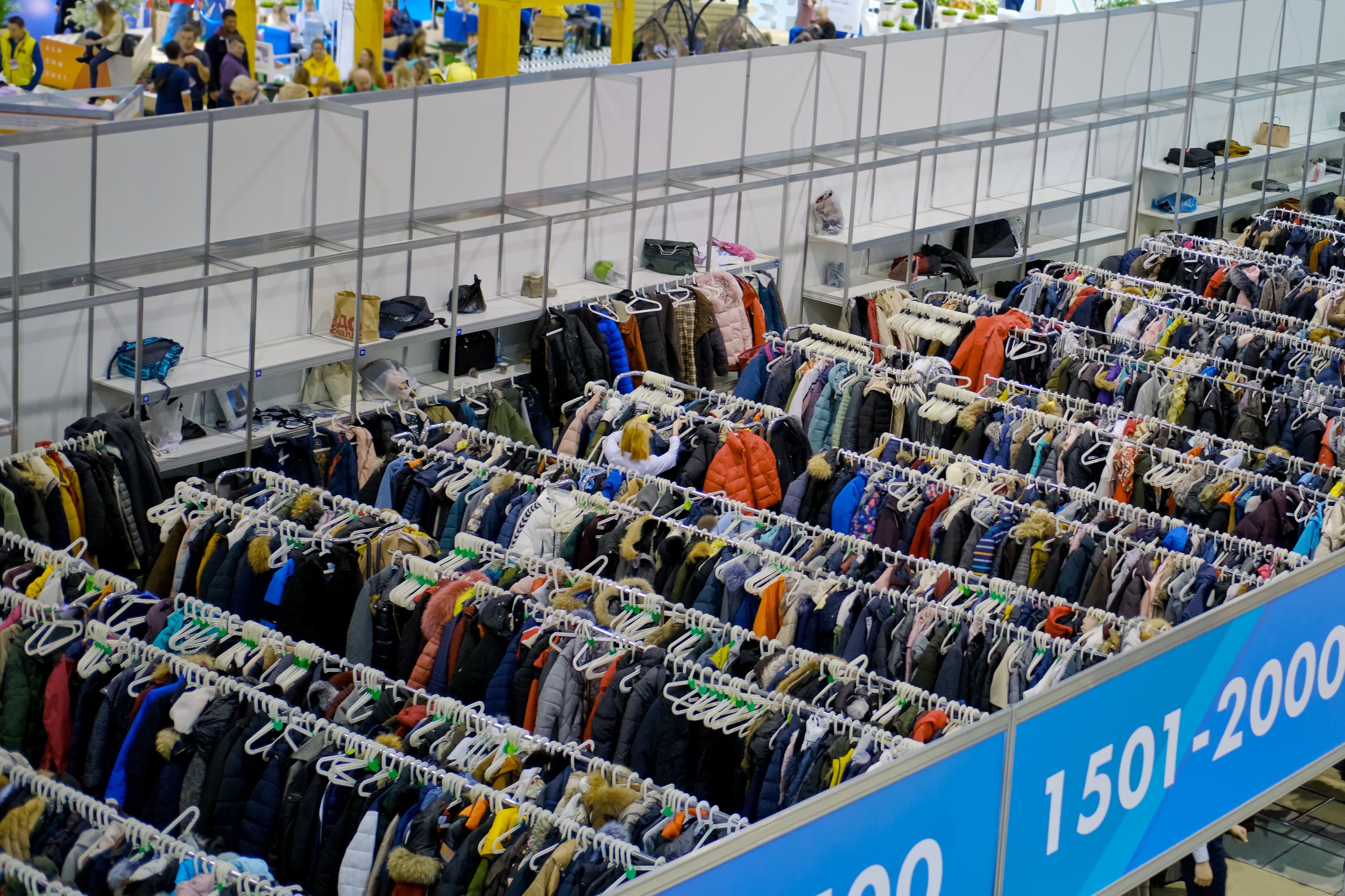2022.07.31 | An Excessive Problem
“An Excessive Problem”
Rev. Pepper Swanson
Eden United Church of Christ
Jul 31, 2022
Luke 12:13-21
I feel a little sorry for the man who kicks off today’s scripture reading by asking Jesus to tell his brother to divide the family inheritance with him.
It goes about as well for him as it did for Martha who asked Jesus to tell her sister Mary to help her with household chores created by their guests.
But this time, rather than actually issuing an opinion, Jesus asks rhetorically “Friend, who set me to a judge or arbitrator over you?” Then turning to his disciples in the midst of a crowd of thousands, he warns against greed (ouch) and begins to teach what we have come to call “The Parable of the Rich Fool.”
In brief, the parable tells the story of a man whose farmland produces a surplus of crops and wonders to himself what he should do as his barns are too small. Using an unusually high number of the words “I, me, and my,” the man decides he should tear down his barns and build larger ones to store his grain and his goods. And then, he tells himself — his soul — that he is all set for many years and can sit back and relax or in his now immortal words, “Eat, drink, and be merry.”
When I first read this parable and pondered the man’s decision to tear down his existing barns and build larger ones, I thought: Now, who does that? Who decides that the best solution to the problem of excess or abundance of goods is to simply build bigger and more storage units? Who, looking at their piles of stuff, decides the best answer is to just get more storage?
Oh yeah, we do. We Americans have a lot of stuff. We have so much stuff that the self storage industry is experiencing what one expert calls “meteoric growth,” who explains that “in 2020, the global self-storage market was valued at $48.02 billion. It is expected to reach a value of $64.71 billion by 2026, registering a compound annual growth rate of 5.45% from 2021 to 2026.”(1)
What that means in the real world is that self storage units are cropping up everywhere. I can think of three that have been built within a couple of miles of my home. Experts say the demand for storage is being driven by three types of business: retirees moving into smaller homes, millennials moving into urban areas, and businesses/families having to downsize due to COVID-related economic impacts forcing smaller office space and smaller living spaces.
And, of course, the unspoken reality behind all of these needs is: stuff. Stuff you aren’t ready to give up yet, stuff that you don’t know what to do with, and stuff that you think is so valuable that you are willing to pay for it to have its own special storage unit. So like the Rich Fool in the parable, we look at our stuff and think: Hey, what will I do with my stuff? I know, I will rent my stuff a special storage unit! That way, I can keep my stuff but I don’t have to live with my stuff!
For a minute, let’s look at the life cycle of one of the stuffs that we all have too much of — in fact, we have so much of this stuff that most of us already are or are in serious danger of becoming the Rich Fool in today’s parable.
Let’s talk about clothing. If you live long enough or change sizes frequently, it is inevitable that you will collect a lot of clothes. The comic strip Cathy with her trademark “Acccck!” captured America’s general approach to clothing, especially for women: There are outfits for work and there are outfits for formal events and there are outfits for casual events and there are outfits for exercise and there are outfits for sleeping and lounging. And all of these outfits change with the season because God forbid you wear a casual sweater in summer, unless of course you live here in the Bay Area.
It is possible to have an outfit for every conceivable situation but still have nothing to wear because someone decided we needed to have casual Friday at work, a wedding on a beach, or any other event that crosses the boundaries we erect around what we wear when.
As a result, only the most disciplined and independent-minded can keep their clothing collection to a minimum.
Over the last 20 years, right up until the COVID pandemic began, almost everyone’s collection of clothing accelerated due to what is now called “fast fashion.”
Fast fashion refers to the clothing industry’s ability since about 1990 to replicate catwalk-inspired and trendy fashions extremely quickly, rushing the latest designs into production at large-scale, low-wage factories in order to deliver the new goods to retail operations in record time. This high speed, low cost production of clothing, coupled with the new advertising trends that focus on social media influencers and celebrities, resulted in trendy clothing being available quickly and inexpensively to us.
I guess most Americans took to fast fashion because it was cheap and because clothing companies started to roll out new clothes for every season of the year — all ten of them! That’s right, there are now 10, not 4, seasons in the clothing industry, each style change pushing consumers to buy more and to discard more as the clothes go out of style or, sadly, prove themselves to be made of inferior fabrics and methods.
Jeans are probably one of the best examples of “fast fashion.” In rather rapid succession denim styles have gone from low rise to mid rise to high rise to very high rise and from skinny to slim to straight to loose to wide leg. And at your average fast fashion retailer, $20 is a typical price for jeans, equal or less than we paid for straight-legged 509 Levis back in 1980.
Unfortunately the net result of fast fashion and following clothing trends means that the average person has a glut or excess of clothes they consider out of style or which turned out to be poorly made. Rather than keep them, most consumers, under the guise of giving to charity, force others to store or dispose of them by donating them.
The pace of clothing donations has skyrocketed because of fast fashion but also because of another recent phenomenon inspired by the book and television show, “Tidying Up with Marie Kondo.” Each episode of the television show features the piling of all the person’s clothes on the bed and a sorting according to whether the item “sparks joy.” Joy-less clothing is discarded and, as the book and series gained popularity, there have been unprecedented spikes in clothing donations. Marie Kondo became popular because she recast donating clothes and other “clutter” as a virtue and as a necessary step in personal reinvention.(2)
The de-cluttered closet promotes peace of mind — or what the Parable of the Rich Fool might call a soulful sense that one can kick back and relax.
Due to fast fashion and “Kondo-izing”, almost 25 billion pounds of clothes and shoes are being discarded each year, more than double what was discarded two decades ago. That’s about 80 pounds per person per year. About 85 percent of the discards go directly to municipal landfills. Only 15 percent is donated to charity.
However, according to Elizabeth Kline of Slate.com, as much as “80 percent of the clothes donated to charity are sold onward to recyclers and exporters for pennies on the pound, and never see the charity shop floor. From there, the worn-out items might get passed on to what’s known as a “downcycler,” where they’ll become rags or insulation. The rest is shipped overseas in one last-ditch effort to find someone to buy it and wear it.”
In Ghana, for example, small business people buy bales of clothing for resale in local markets. Unfortunately, very little of the clothing is resell-able because it is stained, worn out, or simply not functional or fashionable for the local consumers.
And what can’t be sold at local markets in other countries ends up being waste like the other 85 percent of the donated clothing. In Accra, the capital of Ghana, the problem of textile waste is particularly acute and visible.
“[The unsalable clothes] will have been carted off to an already overflowing landfill, burned, dumped in the Gulf of Guinea, or, most likely, they will be dumped in informal landfills where people live,” reports Liz Ricketts.whose nonprofit, the OR Foundation, has found that imported old clothes are now the single largest source of consolidated waste in Accra, amounting to more than 48 million pounds a year.(2)
The impact of discarded clothing can be as devastating to the local indigenous markets as it is to their environment. African countries such as Rwanda, Kenya, Tanzania, Uganda, and Burundi want to stop used clothing imports to protect their local markets.
The Borgen Project supports responsible donation and has reported that “several decades ago, half a million Kenyans had jobs in the garment industry. As of 2017, only 20,000 of those jobs remained. Now the garment industry in Kenya focuses on redistributing and shipping secondhand clothes domestically.” (3)
To me, our participation in fast fashion and the clothing industry resembles the Rich Fool in today’s scripture. As the saying goes, we resemble that remark.
Our bountiful harvest is what we purchase, be it clothing, kitchenwares, decorative items, bedding, or hobby supplies. Our bigger, better storage that we build to accommodate our stuff can be a walk-in closet, a garage, a shed, or a rented storage unit but most often we store our surplus abundance in the delusion that other people need or want it. In the parable, God chides the Rich Fool for putting his hopes and dreams in a future that he may never see while neglecting to do what God would prefer, that the rich be rich toward God and God’s purposes and God’s creation, which include considering the real needs of the poor and protecting our sensitive global environment.
Before you buy another pair of jeans or take that shopping spree, before you donate another plastic bag of clothes that’s highly likely to end up in landfill or on a foreign shore, you might reflect on your alternatives. Can you make do with what you have? Can you find someone who needs what you’d like to give away? Can you upcycle or downcycle it yourself?
My friends, the purpose of Parable of the Rich Fool is not to forbid careful planning and saving for the future but to discourage the I-me-my approach in favor of a thoughtful we-us-our approach to the problem of excess in our lives. May all your buying and all your donating, be it clothes or food or money, be thoughtful and rich toward God. Amen.
Michael Baillargeon, “Self-storage is on a growth kick—and it’s not slowing down”
on Re-Journals.com, March 30, 2022, accessed Jul 29, 2022.
Elizabeth L. Cline, “Tidying Up Has Created a Flood of Clothing Donations No One Wants” on Slate.com, May 13, 2019, accessed Jul 29, 2022.
The International Impact of Donated Clothing in BorgenProject.org, accessed Jul 30, 2022.
Photo 5 (Thrift Store) Credit Line: Андрей Журавлев - stock.adobe.com







